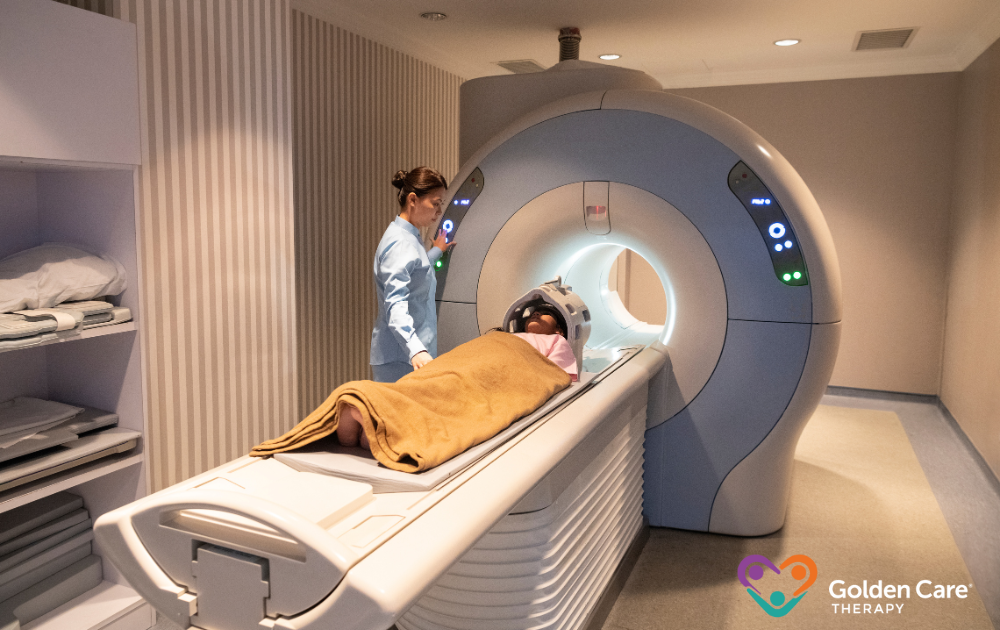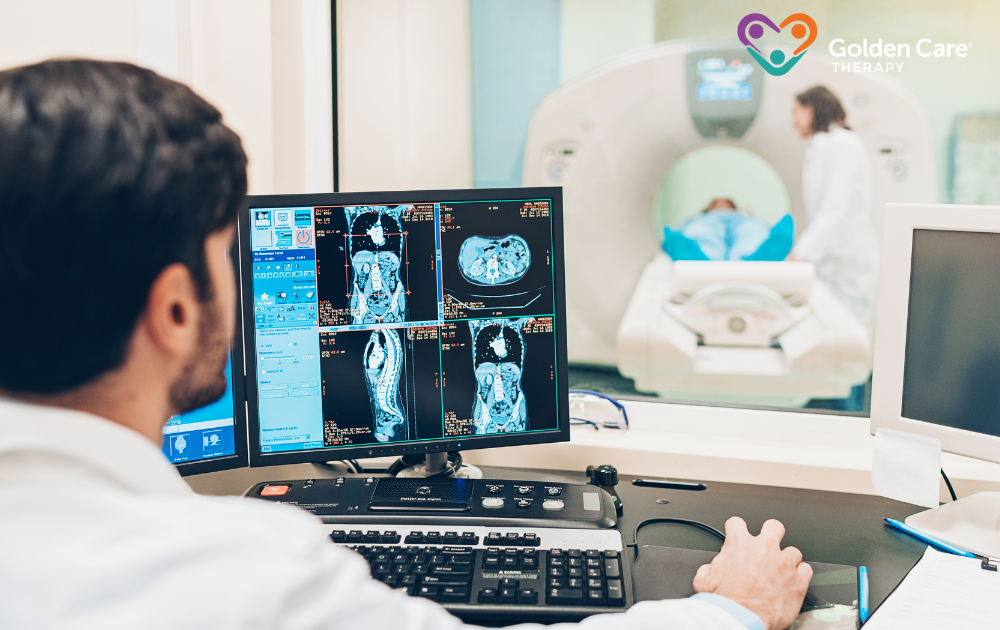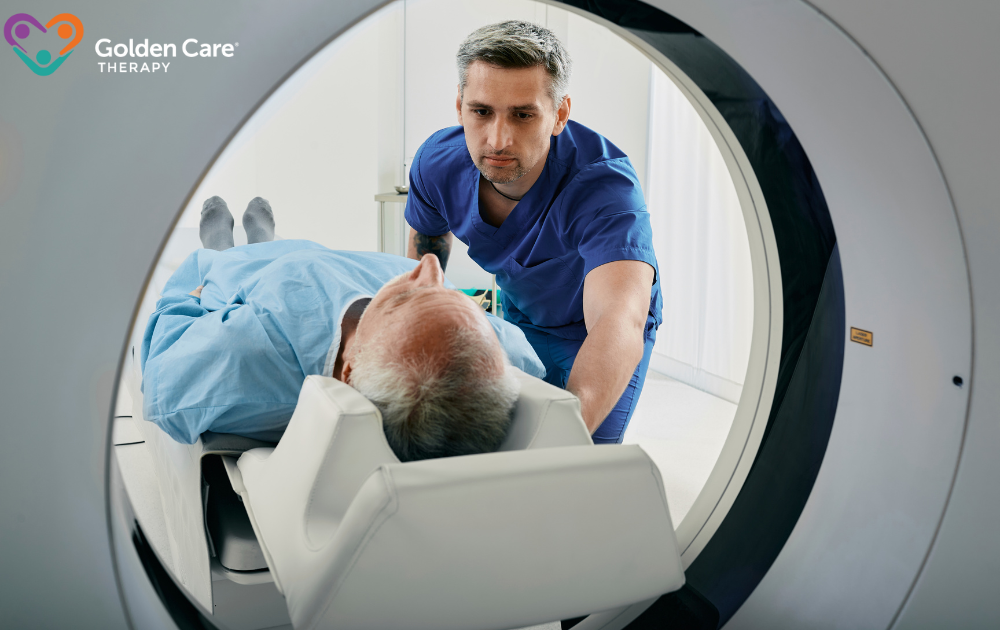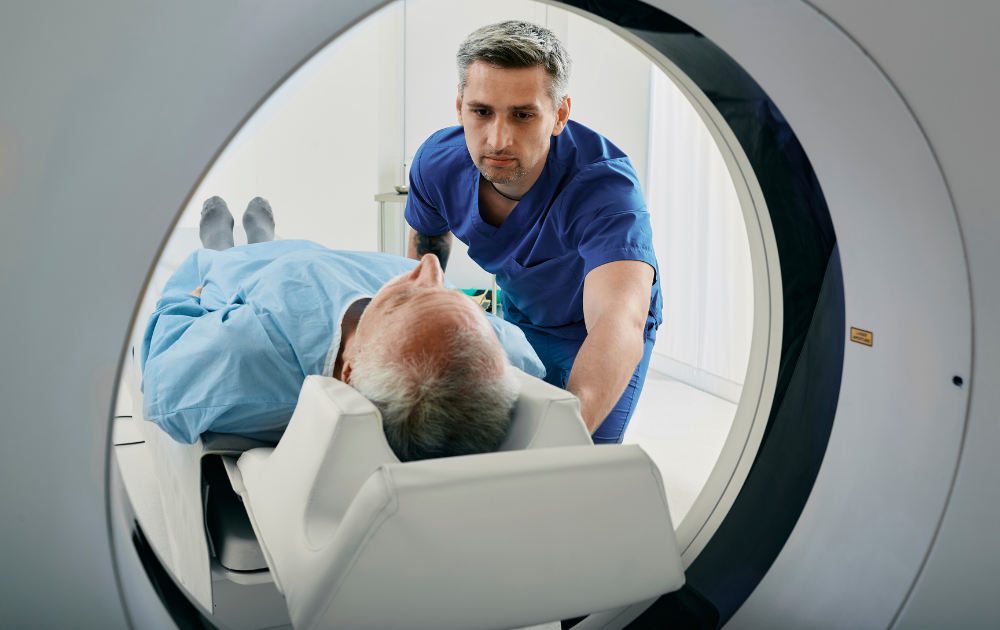Autism is a complex condition that affects how individuals communicate, interact, and experience the world. As such, many parents and caregivers often wonder if there’s a way to see signs of autism through medical imaging, such as an MRI.
This question arises from a desire to understand the brain’s workings better and to find more concrete answers about autism.
While an MRI is a powerful tool that can reveal various brain structures and functions, it doesn’t provide a definitive diagnosis for autism. The relationship between brain imaging and autism is a fascinating topic that opens the door to exploring how science is uncovering the intricacies of this condition.
Let’s delve into what current research suggests about the connection between autism and MRI technology.
Will Autism Show in MRI?

No, autism does not typically show up on an MRI. While MRI scans can provide valuable information about brain structure and function, there are no specific biomarkers or distinct features on an MRI that can diagnose autism spectrum disorder.
Autism is primarily diagnosed through behavioral assessments and clinical observations rather than through imaging techniques.
However, research has shown that some brain differences may be present in individuals with autism compared to neurotypical individuals. These differences can include variations in brain size, connectivity, and certain structural features, but they are not definitive indicators of autism.
Therefore, while MRI may contribute to understanding the neurological aspects of autism, it cannot be used as a standalone diagnostic tool.
Role of MRI in Autism Diagnosis
MRI has emerged as a powerful tool in the diagnosis of autism. By utilizing MRI scans, healthcare providers can visualize the brain’s structure in high detail, allowing them to detect abnormalities or differences that may be indicative of autism.
MRI helps in identifying specific neuroanatomical features associated with autism, aiding in the diagnostic process.
Recent studies have shown that the automated detection of artificial neural networks (ANN) achieved the highest accuracy in diagnosing autism at 88.46%. This outperformed other classifiers such as Support Vector Machine, Random Forest, and K-Nearest Neighbor.
The study underscored the effectiveness of ANN in mining neuroimaging data from MRI scans for autism diagnosis, particularly in a small sample size.
MRI not only aids in the diagnosis of autism but also offers insights into the early detection of the condition. Brain changes have been observed in infants between 6 and 12 months before the onset of autism symptoms.
Studies have highlighted that infants later diagnosed with autism exhibit rapid brain growth in certain areas compared to typically developing infants, emphasizing the potential of MRI in predicting and understanding autism at an early stage.
Understanding the role of MRI in autism diagnosis is crucial for parents, caregivers, and individuals with autism, as it provides a window into the brain’s structure and potential biomarkers associated with the condition.
Early Detection of Autism

Researchers have made significant strides in utilizing MRI scans to predict the onset of autism in high-risk infants. By analyzing brain scans at critical developmental stages, they have identified key indicators that may help in identifying autism before the appearance of overt symptoms.
MRI scans of high-risk infants at ages 6, 12, and 24 months provided valuable insights into the predictive potential of brain imaging for autism. It was observed that the brain volume of infants who later received an autism diagnosis exhibited faster growth between 12 and 24 months compared to children without an autism diagnosis.
This accelerated brain growth coincided with the emergence of behavioral signs associated with autism.
A deep-learning neural network was deployed to analyze MRI scans from high-risk infants at 6 and 12 months to predict autism diagnoses at age 2. The algorithm demonstrated remarkable accuracy, correctly predicting 81% of the autism diagnoses.
This innovative approach showcases the potential of using advanced technology to enhance early detection efforts and provide timely interventions for individuals on the autism spectrum.
Brain Changes Before Symptom Onset
Research has also identified significant brain changes occurring before the onset of autism symptoms in infants later diagnosed with the condition. Between 6 and 12 months, observable changes in the cortical surface area were noted in infants who went on to develop autism.
This finding suggests that neuroimaging may uncover early structural differences that precede the outward manifestation of autism-related behaviors.
Notably, MRI scans have revealed a notable increase in brain surface area in children who later received an autism diagnosis, as early as 6 to 12 months into the study period. By age 2, these children exhibited visibly larger brains, and those with the fastest brain growth also displayed more pronounced social deficits.
Machine learning algorithms applied to MRI data have shown promise in predicting autism development based on changes in brain structure, especially alterations in surface area during critical developmental stages.
Through the strategic use of MRI scans and sophisticated analytical tools, researchers are paving the way for enhanced early detection capabilities in autism. By leveraging neuroimaging insights to identify structural markers associated with autism risk, healthcare professionals can potentially intervene earlier, offering tailored support and interventions for children at risk of developmental challenges.
Final Thoughts

Despite the fact that MRIs are powerful tools for examining the brain, they don’t specifically show autism. Instead, autism is identified through behavioral observations and assessments. Understanding autism is about recognizing the unique ways individuals experience the world.
So, while MRIs can help in diagnosing other conditions, it’s the conversations, behaviors, and support that truly reveal the rich tapestry of each autistic person.
Embracing this understanding can lead to greater awareness and acceptance, helping everyone thrive together. By recognizing the importance of tailored support, families can access essential resources and benefits, including ABA services in New Jersey, Georgia, Indiana, and New York. At Golden Care Therapy, we are dedicated to providing the support your loved ones need. Don’t hesitate to contact us today to learn more about how we can help. Your journey towards understanding and empowerment starts here!
Sources:
https://directorsblog.nih.gov/2017/02/21/brain-scans-show-early-signs-of-autism-spectrum-disorder/
https://www.ncbi.nlm.nih.gov/pmc/articles/PMC8774643
https://www.nature.com/articles/nature.2017.21484
https://mecp.springeropen.com/articles/10.1186/s43045-022-00220-1



